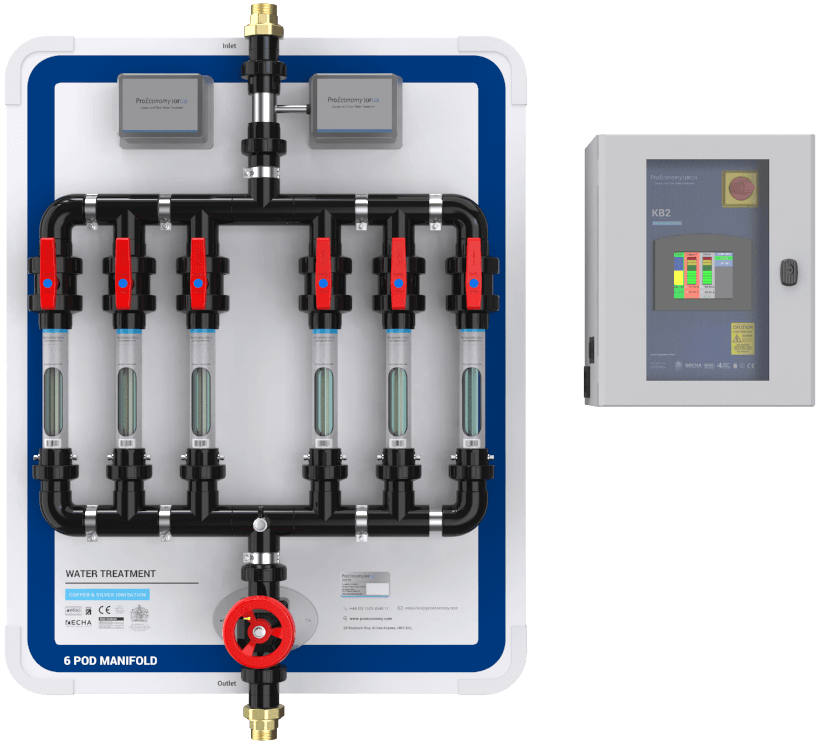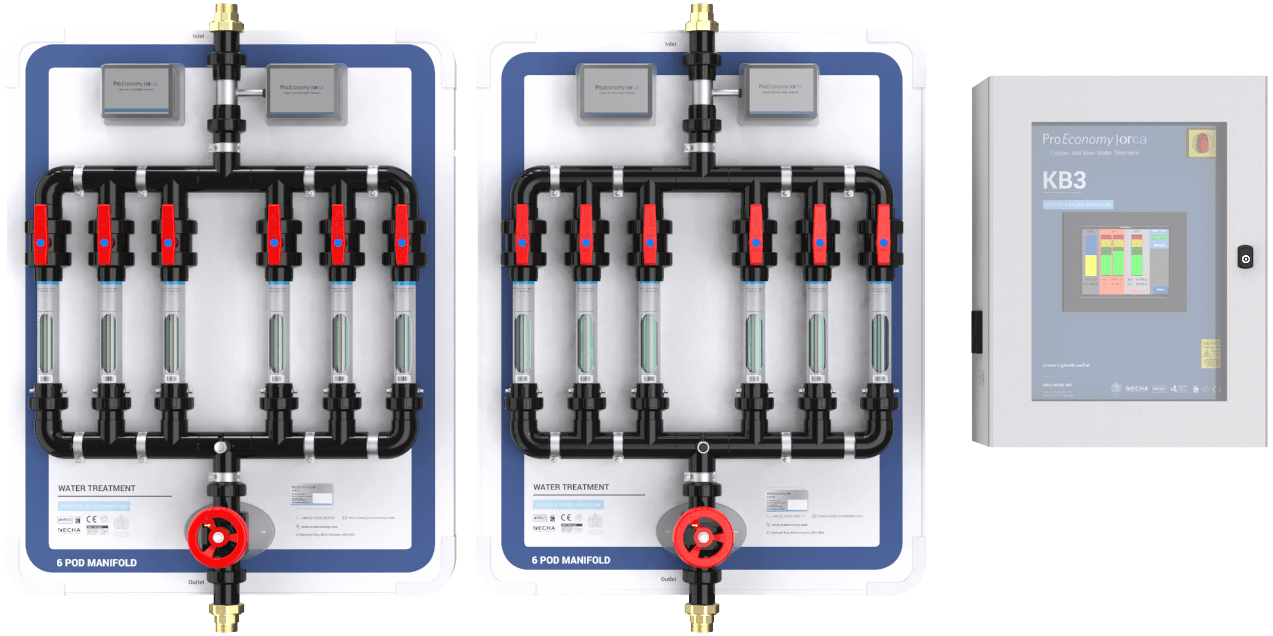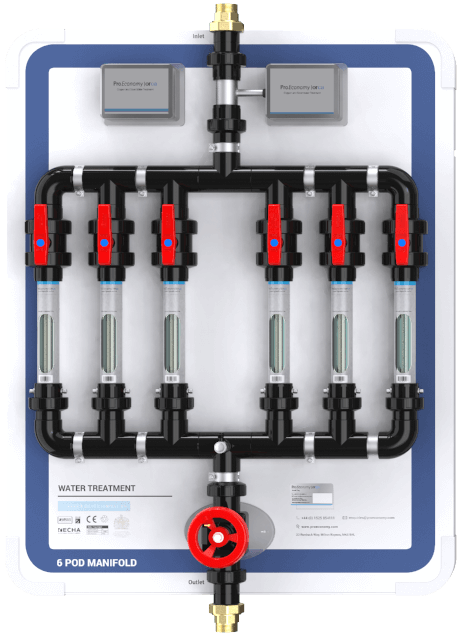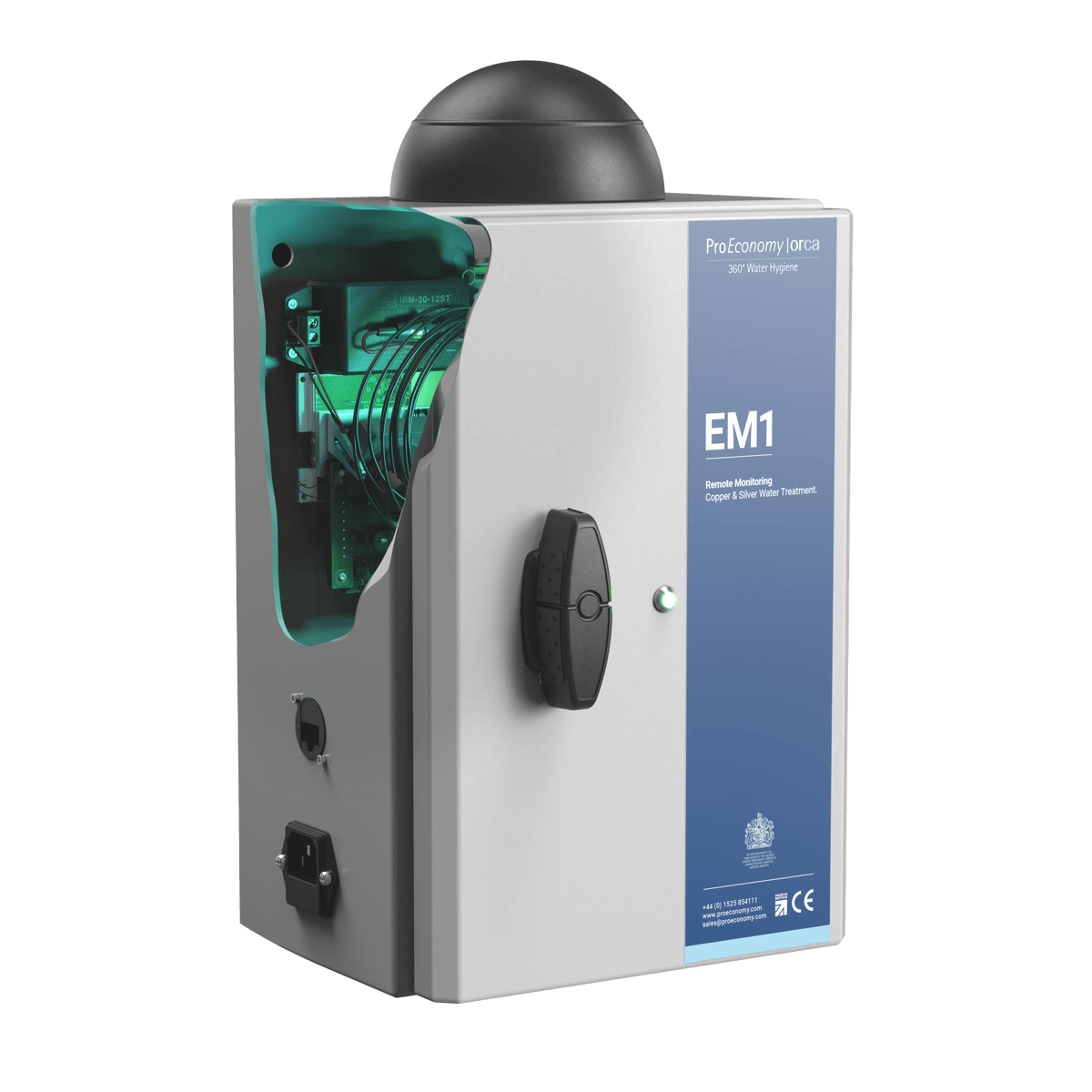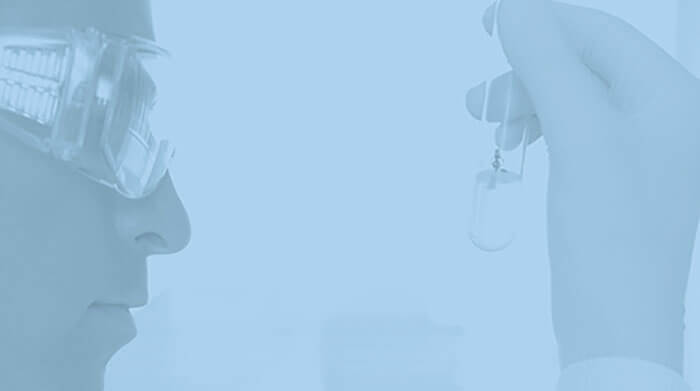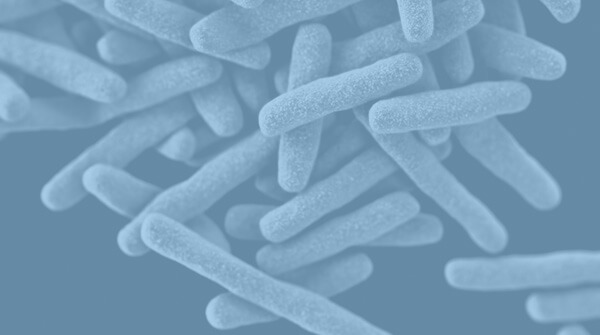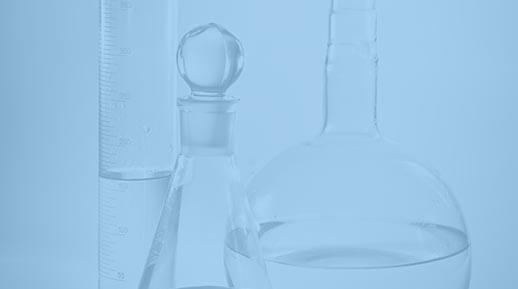 Open Letter by Dr B. Bedford
Open Letter by Dr B. Bedford
PhD Legionella Control
ProEconomy Ltd
Tel.: +44(0)1525 854111
E-mail: birgitta@proeconomy.com
Dr John Lee, of Leegionella Ltd, recently gave an interesting presentation entitled ‘Managing water safety: pros and cons of different treatment regimes’ at the RSPH ‘Water Safety – It’s choice, not chance’ meeting, showing a shocking photograph of a group of blue tinged people suffering from Argyria whilst discussing using copper and silver ionisation for controlling Legionella in water systems. Was this meant as a light hearted jest? It may have been but to those in the dark this could easily be taken as inferring that when using copper and silver ionisation for Legionella control, this could possibly result in blue tinged ‘Smurf-like’ people.
However, the truth is that these people had consumed silver at levels well over the recommended World Health Organisation (WHO) allowed silver level of 0.1mg/L for drinking water (World Health Organization, Geneva, 1996).
To give you an example, a man who suffered from Argyria had drank 450ml of 0.64 grams of colloidal silver, which is 6400 times more than the WHO allowed level, not once, but 3 times daily for 10 months! See this article.
Dr Lee also discussed applying chlorine dioxide for Legionella control in water systems. The maximum allowed value for chlorine dioxide in drinking water is 0.5mg/L. If more than 6000 times of chlorine dioxide would be drank then you would end up with concentrations exceeding household bleach. Although potentially this would not kill you, that is if you got treatment right away, you’d never be able to consume 450ml of it 3 times a day for 10 months!
Dr Lee also discussed applying temperature. To give you the idea, not that we would recommend it as this is a different process, if the same was to be applied to the recommended hot water temperature of 55°C at outlets, you would end up with a temperature of 100’s of THOUSAND degrees, many, many times hotter than the earth’s core!
Whilst I do not mind the efficacy of copper and silver ionisation being scientifically questioned, as we would like all other Legionella modalities to be, to simply scaremonger by showing a shocking photograph is irresponsible and leaves me aghast on this life threatening topic.
The underlying message is that copper and silver ionisation is far safer than any other modality if overdosed, because it doesn’t kill you or turn you into a smurf-like creature! As I mentioned earlier to contract argyria, you would have to ingest 450ml of 0.64 grams of colloidal silver, which is 6400 times more than the WHO allowed level, not once, but 3 times daily for 10 months! The typical levels of silver in water being treated with copper and silver ionisation is minute, 0.02 to 0.08 mg/L (not grams). Ionic silver or silver ions used in copper and silver ionisation is not the same as colloidal silver salts. I would expect people that are experts in water disinfection to be able to make this distinction.
Copper and silver ionisation is also the only Legionella control modality that has been proven to be effective against Legionella in water systems not only by peer-reviewed studies of individual sites, but also by studies of multiple sites and over a long period of time (Liu et al., 1994; Miuetzner et al, 1997; Liu et al, 1998; Stout et al., 1998; Biurrun et al., 1999; Kusnetsov et al, 2001; Stout and Yu, 2003; Bedford, 2003; Chen et al., 2008; Lin et al., 2011; Bedford, 2012).
Studies have also been conducted demonstrating that Pseudomonas aeruginosa in water systems are as well controlled by copper and silver ionisation (Landeen et al., 1989; Huang et al., 2008; Shih and Lin, 2010).
This letter to Delegates of The RSPH Water Safety was first published on LinkedIn.
References
Bedford, B.H.M. (2003). Toxicity of copper and silver. MSc Thesis. Cranfield University, Institute of Bioscience and Technology.
Bedford, B. (2012). Legionella control in water systems using copper and silver ion generation systems. PhD thesis. Cranfield University, UK. [Online] Available from: https://dspace.lib.cranfield.ac.uk/bitstream/1826/7983/1/Birgitta_Bedford_Thesis_2012.pdf .
Biurrun, A.; Caballero, L.; Pelaz, C.; Leon, E.; Gago, A. (1999). Treatment of a Legionella pneumophila colonized water distribution system using copper-silver ionization and continuous chlorination. Infect. Control. Hosp. Epidemiol. 20:426-428.
Chen, Y.S.; Lin, Y.E.; Liu, Y.C.; Huang, W.K.; Shih, H.Y.; Wann, S.R.; Lee, S.S.; Tsai, H.C.; Li, C.H.; Chao, H.L.; Ke, C.M.; Lu, H.H.; Chang, C.L. (2008). Efficacy of point-of-entry copper-silver ionisation system in eradicating Legionella pneumophila in a tropical tertiary care hospital: implications for both hospitals contaminated with Legionella in both hot and cold water. Journal of Hospital Infection. 68:152-158.
Huang H-I.; Shih, H-Y.; Lee, C-M; Yang, T.C.; Lay, J-J.; Lin, Y.E. (2008). In vitro efficacy of copper and silver ions in eradicating Pseudomonas aeruginosa, Stenotrophomonas maltophilia and Acinetobacter baumannii: Implications for on-site disinfection for hospital infection control. Wat. Res. 42:73-80.
Kusnetsov J., E. Iivanainen, E.; Elomaa, N.; Zacheus, O.; Martikainen, P.J. (2001). Copper and silver ions more effective against Legionellae then against Mycobacteria in a hospital warm water system. Wat. Res. 35(17):4217-4225.
Landeen, L.K.; Yahya, M.T.; Gerba, C.P. (1989). Efficacy of copper and silver ions and reduced levels of free chlorine in inactivation of Legionella pneumophila. Appl. Environ. Microbiol. 55:3045-3050.
Lin, Y.; Stout, J.E.; Yu, V.L. (2011). Controlling Legionella in Hospital Drinking Water: An Evidence-Based Review of Disinfection Methods. Infection Control and Hospital Epidemiology. 32(2):166-173.
Liu, Z., Stout, J.E.; Tedesco, L.; Boldin, M; Hwang, C.; Diven, W.F.; Yu, V.L. (1994). Controlled evaluation of copper-silver ionisation in eradicating Legionella from a hospital water distribution system. J. Infectious Disease. 169:919-922.
Liu, Z.; Stout, J.E.; Boldin, M.; Rugh, J.; Diven, W.F.; Yu, V.L. (1998). Intermittent use of copper-silver ionisation for Legionella control in water distribution systems: A potential option in buildings housing individuals at low risk of infection. Clinical Infectious Diseases. 26:138-140.
Miuetzner S.; Schwille, R.C.; Farley, A; Wald, R.R.; Ge, J.H.; States, S.J.; Libert, T.; Wadowsky, R.M. (1997). Efficacy of thermal treatment and copper-silver ionization for controlling Legionella pneumophila in high-volume hot water plumbing systems in hospitals. The Association for Professionals in Infection Control and Epidemiology, Inc. 17(46):813-866.
Shih H-Y.; Lin, L.E. (2010). Efficacy of Copper-Silver Ionization in Controlling Biofilm- and Plankton-Associated Waterborne Pathogens. Appl. Environ. Microbiol. 76(6):2032-2035.
Stout, J.E.; Lin, Y.E.; Goetz, A.M.; Muder, R.R. (1998). Controlling Legionella in hospital water systems: Experience with the superheat-and-flush method and copper silver ionization. Infection control and Hospital Epidemiology. 19(12):911-914.
Stout J. E.;Yu, V.L. (2003). Experiences of the first 16 hospitals using copper silver ionisation for Legionella control: Implications for the valuation of other disinfection modalities. Infection Control and Hospital Epidemiology. 24(8):563-568.
WHO Guidelines for drinking-water quality, 2nd ed. Vol. 2. Health criteria and other supporting information. World Health Organization, Geneva, 1996.
http://www.quackwatch.org/01QuackeryRelatedTopics/PhonyAds/silverad.html

